Luangwa National Park Zambia has two divisions, South Luangwa National Park and North Luangwa National Park. It is an incredible place for wildlife. It offers walking safaris and the unique experience of being in nature, experiencing Africa’s majestic wildlife close up. The visitors might spot elephants, leopards and the rare Thornicroft’s giraffe amid magnificent baobab trees and the Luangwa River. Whether you are a birder or a photographer, the park promises to give you one of the best experiences. In this article, we will take you through quick facts about the park and nearby attractions so you can prepare for your visit to this magical destination.
Quick Details
Size: Over 15,000 square kilometres
Established: in 1972
Famous For: Walking safaris, wildlife diversity, and endemic species.
Best Time To Visit: May to October
Luangwa National Park Address: Eastern Province, Zambia South Luangwa
Luangwa National Park Ticket Prices: 20 – 25 USD
How To Reach Luangwa National Park Zambia
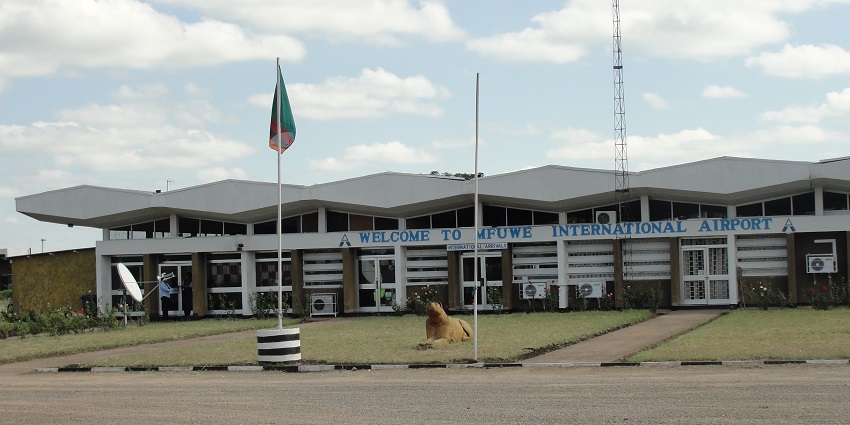
Photo: Lord Mountbatten / Wikimedia Commons
By Air: The closest airport is Mfuwe International Airport, with regular flights from Lusaka and other regional hubs.
By Road: From Lusaka, it’s approximately an 8-hour drive to South Luangwa, mostly on well-maintained roads.
By Tour Operators: Many operators offer guided tours, including transportation, accommodation, and park activities.
Things To Do In Luangwa National Park Zambia
While on your visit to these twin parks, explore top things to do, from birdwatching to walking safaris and game drives.
1. Walking Safaris
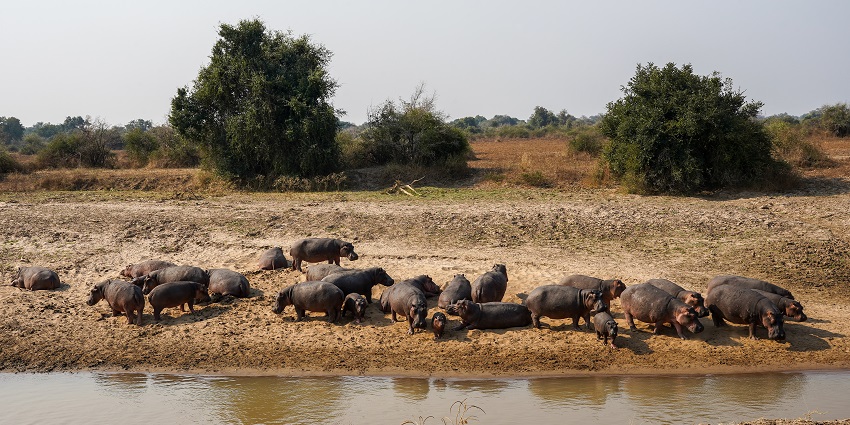
Photo: Timothy A. Gonsalves / Wikimedia Commons / Image For Representation Only
Walking safaris are the defining experience of Luangwa National Park and one of the best ways to engage with the African bush. You’ll hike through the park with knowledgeable guides and watch wildlife at close range without disturbing their daily routines. Know how to spot animals, recognise bird songs and make sense of the savanna’s tangled ecology. Walking safaris, too, afford an up-close view of the area’s rich plants, from giant baobabs to mopane trees. ‘It’s a thrilling and peaceful way of reconnecting with the environment.
2. Game Drives
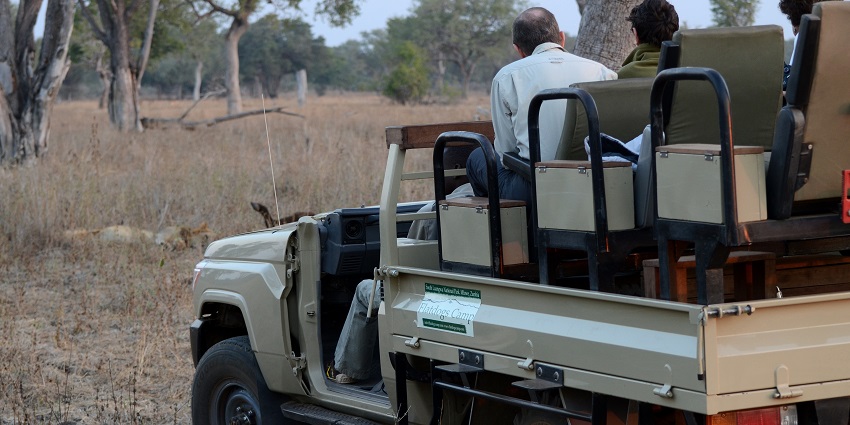
Photo: Geoff Gallice / Wikimedia Commons / Image For Representation Only
Game drives in Luangwa National Park are a perfect way to view animals in their natural surroundings. These drives, led by well-trained rangers, take you through a range of terrains, from rolling prairies to wildlife-rich riverbanks. Evening and night drives offer an opportunity to spot big cats coming home from night-time prey, and evening and night drives yield nocturnal animals such as hyenas and owls. Photographers will appreciate the golden days of sunrise and sunset for great wildlife shots.
3. Birdwatching
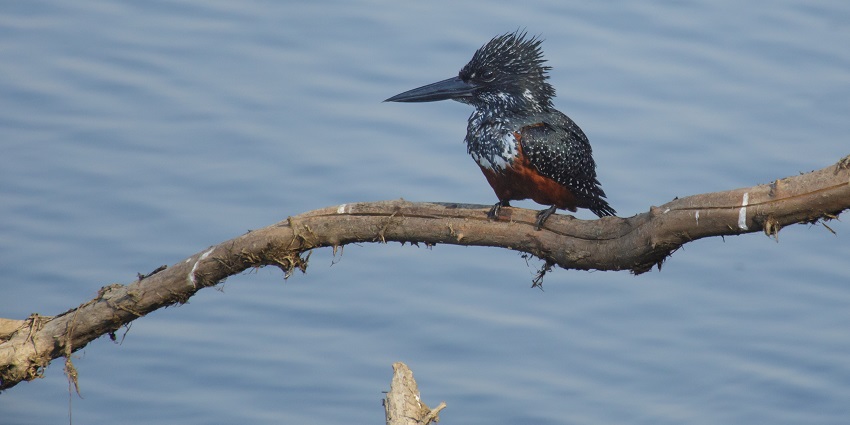
Photo: Thomas Fuhrmann / Wikimedia Commons / Image For Representation Only
Luangwa National Park is home to more than 400 bird species. Riverine woodlands and lagoons support colourful creatures, including the carmine bee-eater, African fish eagle and Goliath heron. Whether you’re a seasoned birder or just a bird enthusiast, you’ll fall in love with the park’s wildlife. You’ll need binoculars and a bird book to see what’s going on. The green season (November to April) is particularly beautiful as the migrants join the villagers in a riot of hues and songs.
Places To Visit Around Luangwa National Park Zambia
Besides exploring the park, you can also go to these places, which range from exploring the wilderness to roaming in urban hubs.
1. Mutinondo Wilderness
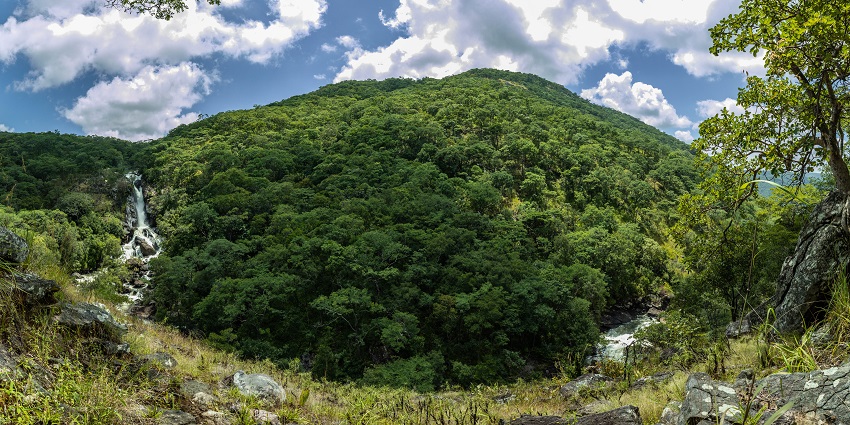
Photo: Sybryn / Wikimedia Commons
Mutinondo Wilderness is a beautiful patch of virgin miombo forest, granite hills and crystalline streams just a couple of hours’ drive from Luangwa National Park. There are hikes, bird watching, and swimming pools in this privately owned reserve. The quiet atmosphere offers an idyllic respite from the more popular tourist places and is ideal for anyone who wants some privacy and a connection to nature. Also found at Mutinondo are some rare plants and animals, such as orchids and endemic birds. Guests can follow marked trails and view the tops of granite inselbergs.
Location: Serenje District, north of South Luangwa
Best Time To Visit: May to October
2. Kasanka National Park
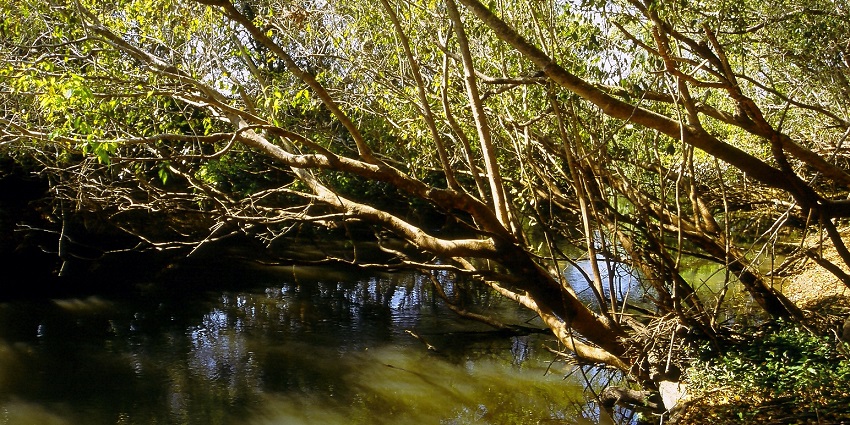
Photo: Mehmet Karatay / Wikimedia Commons / Image For Representation Only
Kasanka National Park is a secluded spot for the annual bat migration – the largest mammal migration in the world. Each year, millions of straw-coloured fruit bats congregate in the park’s swamp forest, an almost unimaginable natural spectacle. The park is also the site of many other species of wildlife, such as sitatunga, puku and more than 400 bird species. Guided walks, canoe safaris and game drives offer tourists a chance to learn about its diverse ecosystems. Kasanka’s peace of mind and colossal biodiversity make it an ultimate must-see for nature lovers and photographers.
Location: Central Zambia, near Serenje
Best Time To Visit: November to December for the bat migration.
3. Kapani Lagoon
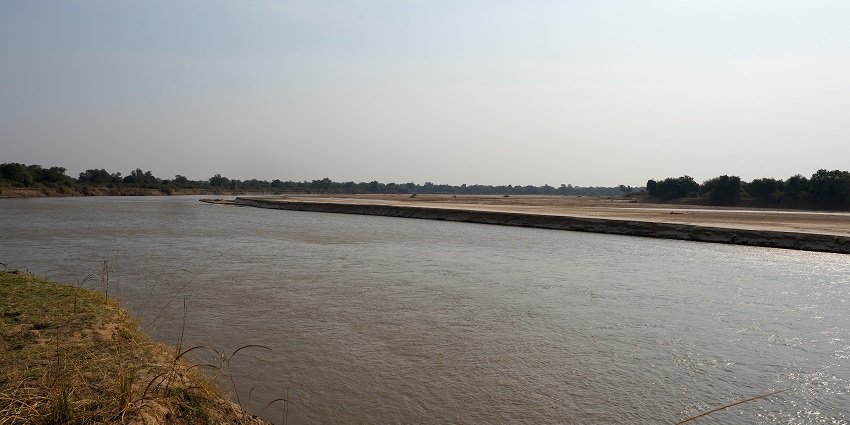
Photo: Timothy A. Gonsalves / Wikimedia Commons / Image For Representation Only
Kapani Lagoon is a quiet bay off Mfuwe with a thriving wildlife population during the dry season. Birdwatchers and photographers love the lagoon for the stunning vistas of wildlife that gather at the edge of the lake. The calm ambience here makes it a perfect place to relax and enjoy nature. A boat safari in the region guided by experienced guides adds another layer of excitement to your tour. Tourists are drawn by the beauty of the region and the chance to view rare animals.
Location: Near Mfuwe
Best Time To Visit: July to October
4. Lusaka
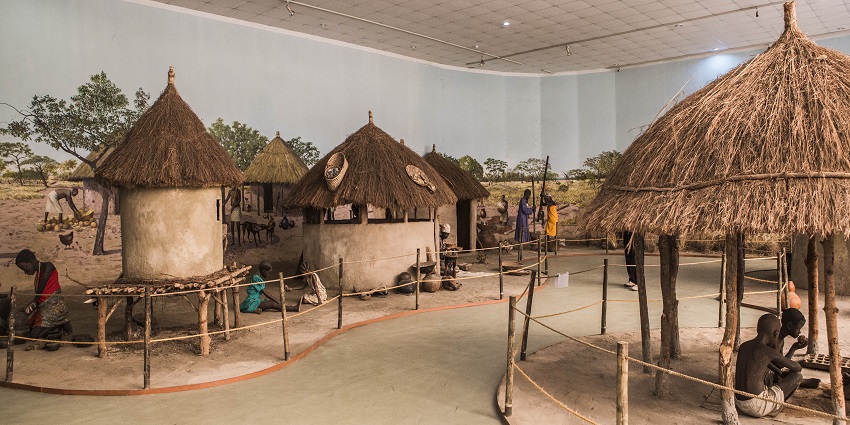
Photo: Ninara / Wikimedia Commons / Image For Representation Only
Prior to visiting Luangwa National Park, visit Zambia’s bustling capital, Lusaka. The city is filled with bustling markets, museums, and an opportunity to try the local cuisine. Visits to the Kabwata Cultural Village and National Museum give you a glimpse into Zambian culture and history. With its modern amenities as well as its ancient customs, Lusaka is a wonderful introduction to the country’s history. And there’s a market for traditional crafts and souvenirs.
Location: Capital of Zambia
Best Time To Visit: Year-round
5. Chipata
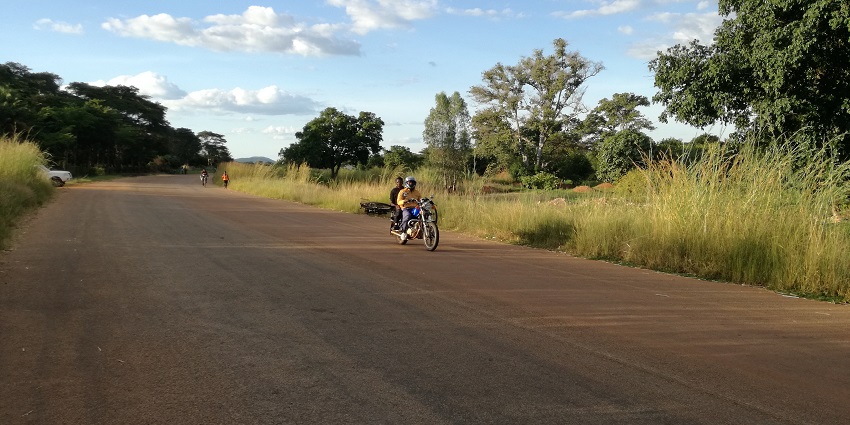
Photo: Collins Musonda / Wikimedia Commons / Image For Representation Only
Chipata is a beautiful town on the Malawian border and an easy port of call for travellers heading towards Luangwa National Park. In Chipata, which is known for its hospitality, you will find bustling markets and landscapes. The nearby hills provide breathtaking scenery and hiking trails. The country also has access to nearby Malawi, making it more desirable for cross-border visitors. Visitors can stroll its small markets and savour Zambian food at its restaurants.
Location: Near the Malawian border
Best Time To Visit: Year-round
6. Lake Bangweulu
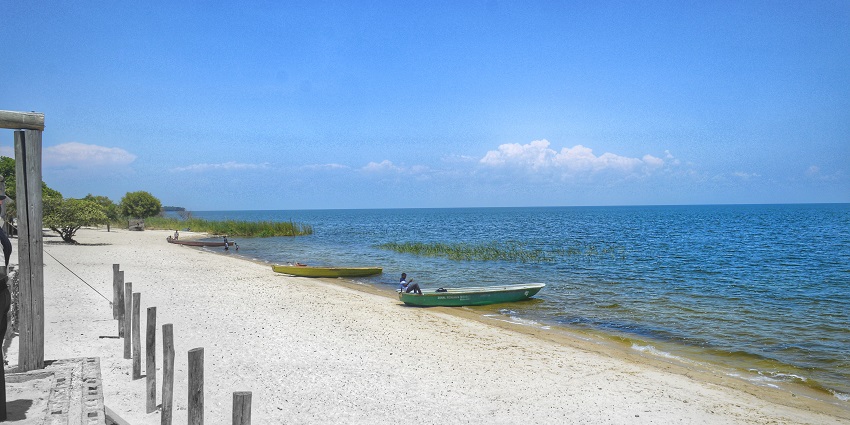
Photo: Mabvuto B / Wikimedia Commons / Image For Representation Only
This is a giant wetland habitat that is the home of endangered birds, such as the shoebill stork. If you love nature and are keen to go outside of the park, Lake Bangweulu is an excellent place to visit. Its rich ecosystems harbour many species of plants and animals that make it a unique spot to visit in Zambia. Anglers, boaters and people from nearby communities can also fish and paddle out to town. The lake offers adventurers a serene setting to escape from this busy world.
Location: 300 km northwest of Luangwa
Best Time To Visit: May to July
7. Luangwa River Valley
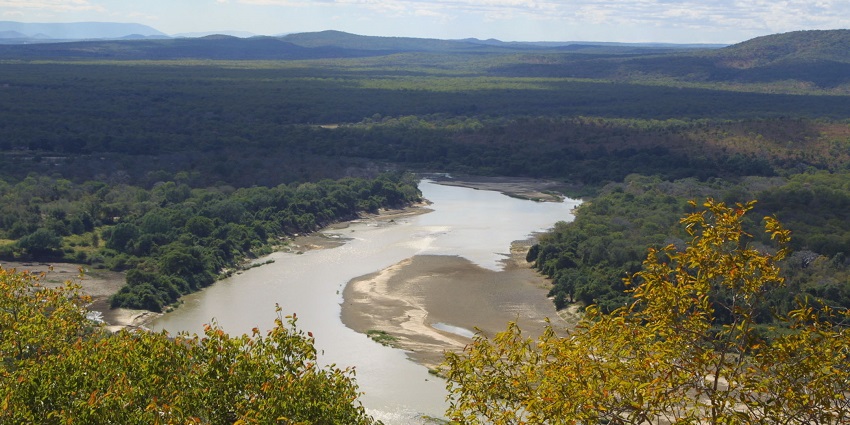
Photo: Botev / Wikimedia Commons / Image For Representation Only
The Luangwa River is the lifeline of the valley, with a lot of animals coming here during the dry seasons. It is one of the renowned spots to watch the game, where crocodiles lay down lazily on the banks and elephants swim down the river. It also has beautiful sunsets, which make the river fascinating. You can walk along the riverbank or go on a river safari to see the vibrant ecosystems. The valley is dotted by wildflowers and is a perfect place to photograph.
Location: Spanning the park
Best Time To Visit: May to October
Where To Eat
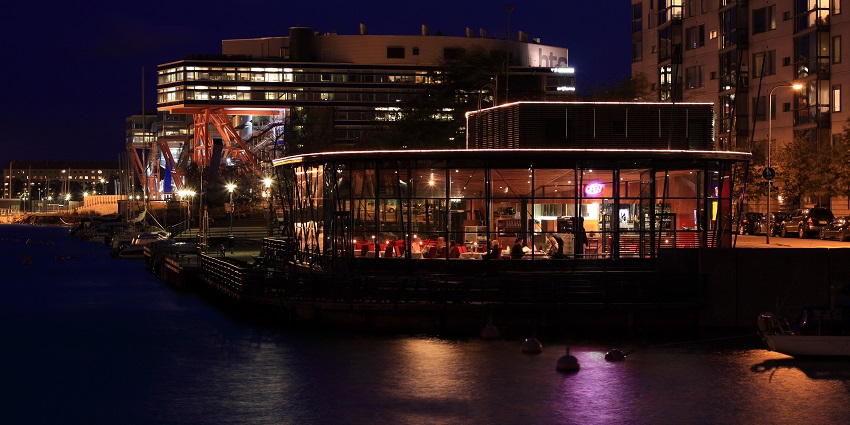
Photo: MattiPaavola / Wikimedia Commons / Image For Representation Only
During the lunch hours of Luangwa National Park, there are meals to be had in and around the national park; several lodges and camps offer meals prepared from local produce. The Bush-Spa Restaurant at Mfuwe Lodge combines traditional Zambian and exotic dishes often with stunning wildlife. Tribal Textiles Café near Mfuwe offers finger food and snacks, along with an opportunity to browse for handicrafts if you’re looking for a casual dining option. The Protea Hotel Restaurant in Chipata serves Zambian specialities such as nshima and stewed meats. In every restaurant you dine in, you can expect local warmth and delicious food that reflects Zambian cuisine.
Where To Stay
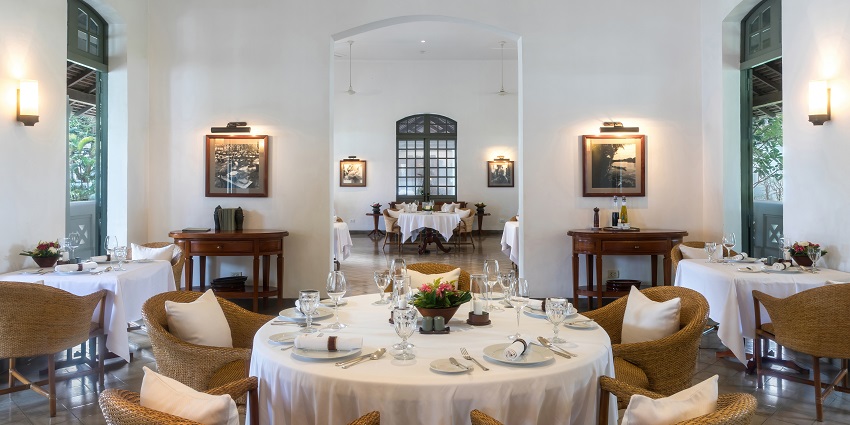
Photo: Basile Morin / Wikimedia Commons / Image For Representation Only
Luangwa National Park provides a variety of accommodations that fit any budget and taste. For a luxury stay, Mfuwe Lodge boasts the best amenities and unrivalled views of wildlife moving through the lodge property. For mid-range travellers, Flatdogs Camp will not disappoint in the convenience and affordability that it brings to its family-friendly offerings. If you’re short on money, you can stay at Croc Valley Camp, which features comfy safari tents and river-side camping. In most lodges, meals, guided safaris, and other activities are also part of the deal. You need to book early, especially in the high season, to ensure that you get your preferred room.
Other Factors To Consider
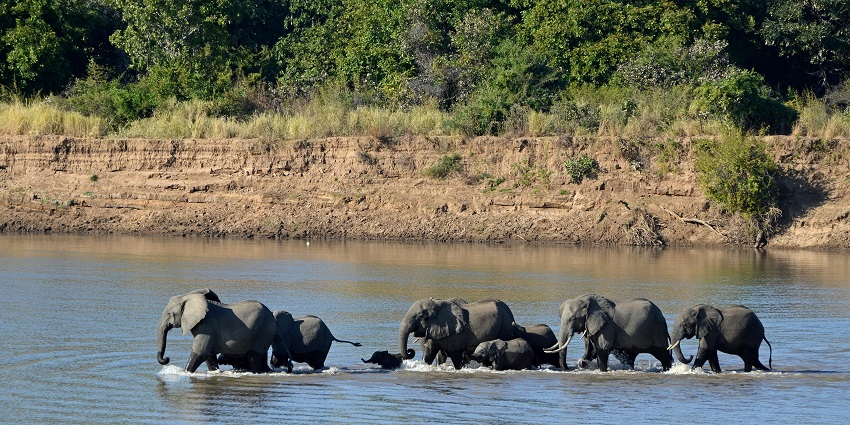
Photo: Geoff Gallice / Wikimedia Commons / Image For Representation Only
Average Cost Of The Trip
The average cost of a trip to Malta ranges from €800 to €1,500 per person for a 5-7 day trip. This estimate includes mid-range accommodation, local transportation, meals, and entry fees to attractions like St. John’s Co-Cathedral, Blue Lagoon, and Mdina. Flights from European countries are relatively affordable, but long-haul flights may increase expenses. Budget travellers can reduce costs by staying in hostels and using public transport. Luxury stays and fine dining experiences will significantly raise the overall trip cost.
Tips For Travellers
- Carry insect repellent to avoid mosquito bites, especially in the green season.
- Beware of wildlife by maintaining a safe distance during encounters.
- Always follow your guide’s instructions for a safe and enjoyable trip.
- Book flights and lodges in advance, as spots fill up quickly during the peak season.
For nature enthusiasts, Luangwa National Park Zambia is a place that can offer you a rare combination of adventure, peace and wildlife encounters. From dramatic safaris to cultural excursions, this itinerary prepares you for the trip of a lifetime. So bring your suitcases and come and discover this park with TripXL now.
Cover Photo: Geoff Gallice / Wikimedia Commons


 WhatsApp
WhatsApp
 Twitter
Twitter









